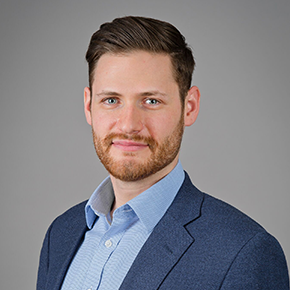- Video Library
- Sonavex | David Narrow, CEO
Sonavex | David Narrow, CEO

David Narrow
David previously worked with multinational medical device companies to commercialize their technologies and provide long-term business strategy as a healthcare consultant at Health Advances LLC. Narrow earned his B.S. in Biomedical Engineering with Highest Distinction from the University of Rochester before receiving his Masters from Johns Hopkins University. Narrow was named 30 Under 30 in Healthcare by Forbes in 2016 and 40 Under 40 by the Baltimore Business Journal in 2017.
David Narrow
David previously worked with multinational medical device companies to commercialize their technologies and provide long-term business strategy as a healthcare consultant at Health Advances LLC. Narrow earned his B.S. in Biomedical Engineering with Highest Distinction from the University of Rochester before receiving his Masters from Johns Hopkins University. Narrow was named 30 Under 30 in Healthcare by Forbes in 2016 and 40 Under 40 by the Baltimore Business Journal in 2017.

17011 Beach Blvd, Suite 500 Huntington Beach, CA 92647
714-847-3540© 2025 Life Science Intelligence, Inc., All Rights Reserved. | Privacy Policy







